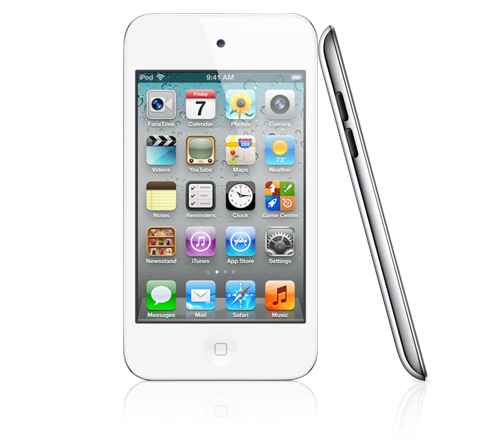YES, they can! I was going to use this for my Area 3 Writing Project demonstration, but I am too excited about it to keep it to myself. It is still a work in progress, but I love how it is turning out so far!
My students can write. They can write a topic sentence followed by 3 detail sentences and 3 supporting detail sentences...and last but not least, the conclusion sentence. BUT...details. Those minute details that can make such a difference when a person reads the paper. It is not unusual for the primary students to forget those details. I use to teach a direct lesson on just writing a detailed sentence - stressing the importance of how details can make a difference. I followed it up with a modelled writing where I would write with lots of detail on a topic. Still, it just was not sinking in for my firsties. THEN...I was sitting in a ELA Cadre meeting. The Cadre meeting consists of teachers from elementary to high school. A fabulous English teacher named Kirsten Spall was talking about how she was wanting to incorporate technology to help her high school students with the editing process. Ding! Ding! That is when the lightbulb went off, and I knew Kirsten had given me a great idea. So much of the ideas and inspiration I get come from other teachers. So, using the inspiration Kirsten gave me, I thought about how I could incorporate the use of the iPod Touch and writing with my firsties. Here it goes...
For the past month or so, we have been conducting quite a few science experiments. Typically, I would break the kids up into small groups (between 4-5 students per group). Each group would have one iPod Touch to share. They assign a videographer and the other group members are in charge of explaining and conducting the experiment. Using the video app on the iPod, the group records their experiment. I have posted some of their experiments in previous posts on my class blog: Live, Love, Laugh, and Learn In 1st Grade! Here is one of our videos on the Rainbow Experiment:
After recording their videos, the groups sit on the rug and replay their video. Then, each student goes back to his/her desk and starts to write down the "How-To" or explanation of the experiment. They always have a chart with the key words to refer to for spelling. Once they have written out their explanation, this is where it typically stops. They usually did not "see" the areas where their writing needed more explanation or detail. BUT NOT anymore!!! Now, I have the students go back and view the video again. The second viewing of the video has done so much to help them realize how important details are. YAHOO!!! Without any prompting from me, the students are able to revise their work. Writing with detail has improved. I am a happy happy teacher. :-)
Now, I want to see how I can transfer this to writing in the other content areas. From their own "Ah-ha!" moments during science, some of my students are able to see the connection of the importance of details. My next mission is to find a way to carry it out into math...probably with their written explanation for math problems. With the shift to the Common Core Standards and the push for our kids to write and explain their thinking, I believe the iPod can help us make that transition a little smoother, more engaging, and definitely more fun!

Janet
ReplyDeleteThis is an awesome post! What a great idea for using the video feature on the iPod touch to help students scaffold their writing. I could see this easily being used in the upper grades as well. I know as a middle school science teacher I always struggled with getting students to record (in writing) all of the pertinent details during a lab investigation. I think having the students videotape the experiment and then use this as a dataset complete their investigation and develop the conclusion would be a great way to get them to think more deeply about the experiment.
Joe
Oh...and you should definitely use this as part of your A3WP SI demo!
Delete